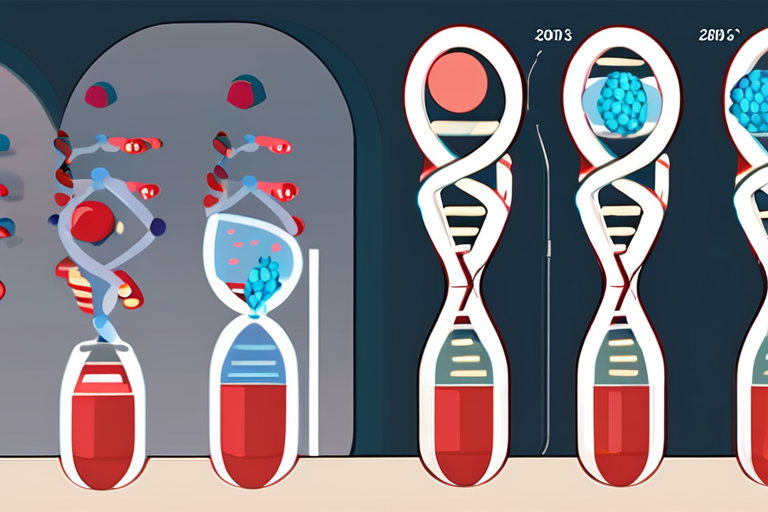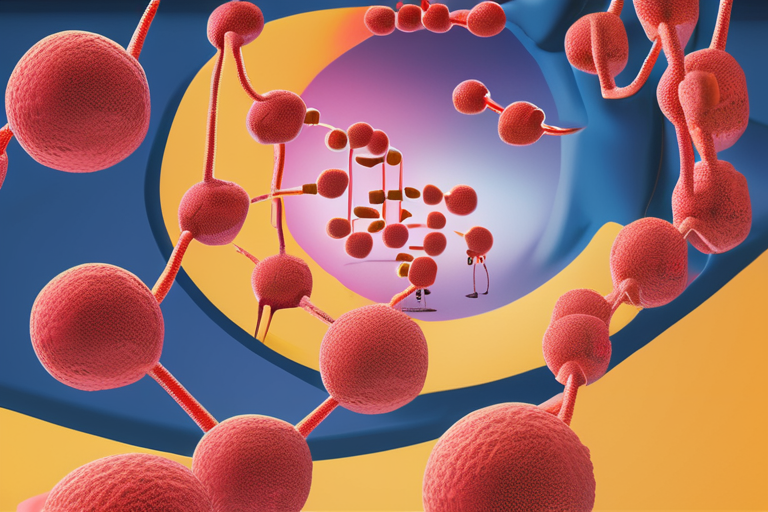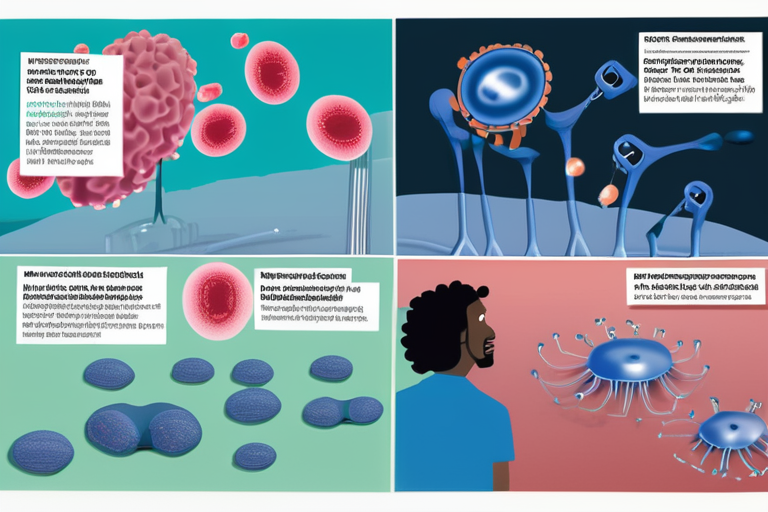Researchers at Monash University have made a groundbreaking discovery that sheds light on the deadly power of the rabies virus. According to a recent study, a shape-shifting protein found in the virus is responsible for its ability to exert massive control over host cells with very few genes. This adaptability could explain the power of other deadly viruses, including Nipah and Ebola.
The study, published on November 5, 2025, reveals that the rabies virus's P3-protein changes shape and binds RNA, allowing it to infiltrate different cellular systems. This unique ability enables the virus to hijack the host cell's machinery and manipulate vital processes, ultimately leading to the devastating effects of the disease.
"We've been fascinated by the rabies virus's ability to do so much with so little," said Dr. Stephen Rawlinson, lead researcher on the study. "Our findings suggest that this shape-shifting protein is a key player in the virus's ability to control host cells."
The researchers used confocal microscopy to visualize the P3-protein in human cells, observing how it forms liquid-like droplets inside the nucleus and binds to and bundles the cell's structural framework, called microtubules. This intricate process allows the virus to manipulate the host cell's behavior and ultimately lead to its demise.
The discovery has significant implications for the development of next-generation antivirals and vaccines. "This breakthrough could lead to the creation of more effective treatments for rabies and potentially other deadly viruses," said Dr. Rawlinson.
The study's findings also raise questions about the evolution of viruses and their ability to adapt to different environments. "Viruses are masters of efficiency, able to take over our cells and control vital processes using only a handful of genes," said Dr. Rawlinson. "This study provides valuable insights into the mechanisms behind this adaptability."
The research team is now working to apply their findings to the development of new treatments for rabies and other deadly viruses. "We're excited about the potential of this discovery to improve public health and save lives," said Dr. Rawlinson.
The study's publication marks a significant milestone in the ongoing quest to understand the mechanisms behind viral infections. As researchers continue to unravel the complexities of viral biology, they may uncover new targets for intervention and develop more effective treatments for some of the world's most devastating diseases.



























Share & Engage Share
Share this article